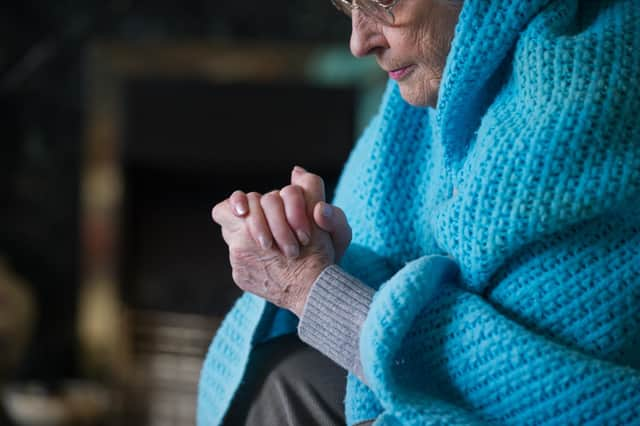Revealed: Thousands of households in Portsmouth, Havant, Gosport and Fareham were in fuel poverty when energy crisis began two years ago


But the National Energy Action said the data ‘only tells part of the story’ as the energy crisis has worsened over the past two years.
Figures from the Department for Business, Energy and Industrial Strategy show 10,411 households in Portsmouth were in fuel poverty in 2021 – 11.8% of homes in the area.
Advertisement
Hide AdAdvertisement
Hide AdEnergy prices increased significantly towards the end of 2021 with many suppliers in the UK going out of business. By the end of December 2021, 28 energy companies had closed their doors.
The proportion of homes living in fuel poverty in Portsmouth was down from 2020, when 12.5% of households struggled to heat their homes.
A household is considered to be fuel poor if they are living in a property with an energy efficiency rating of band D or below and their disposable income, after paying housing and energy costs, is below the official poverty line.
In Gosport, 3,008 households - 8.2 per cent of homes in the area - were in fuel poverty in 2021 (9.1% in 2020).
Advertisement
Hide AdAdvertisement
Hide AdIn Fareham, 2,998 households – 6% of homes - were in fuel poverty in 2021 (6.4% in 2020).
And in Havant, 4,203 households – 7.7% of homes - were in fuel poverty in 2021 (9% in 2020).
The data showed 42,161 households in Hampshire were in fuel poverty in 2021 – 7% of homes in the area, down from 7.4% in 2020.
Adam Scorer, chief executive of National Energy Action, said increasing energy prices and falling income has pushed many into fuel poverty.‘Behind these figures are the stories of people we hear from every day. People in crisis, sacrificing hot meals or showers to afford a warm room, or forced to ration their energy despite it decimating their health,’ he said.
Advertisement
Hide AdAdvertisement
Hide AdHe added: ‘Yet, the two-year time lag on the data means we won’t know the full picture of the energy crisis until this time next year. Government figures massively understate the current crisis.’
Nationally, about 3.2 million households in England (13.1%) were in fuel poverty two years ago.
The West Midlands had the highest level of households struggling to heat their homes at 18.5%. In the South East, 8.4% households were in fuel poverty.
The worst hit areas were Birmingham (23.2%), Stoke (22.9%), and Wolverhampton (21.8%).
Advertisement
Hide AdAdvertisement
Hide AdA Department for Energy Security and Net Zero spokesperson said the Government knows this has been a difficult time for families. It added this is why the government has covered ‘around half" of the typical household's energy bill over the winter.
They added: ‘Our financial support, together with progress made in delivering energy efficiency measures, has prevented a significant increase in fuel poverty following Putin’s illegal invasion of Ukraine and weaponisation of gas supplies.’